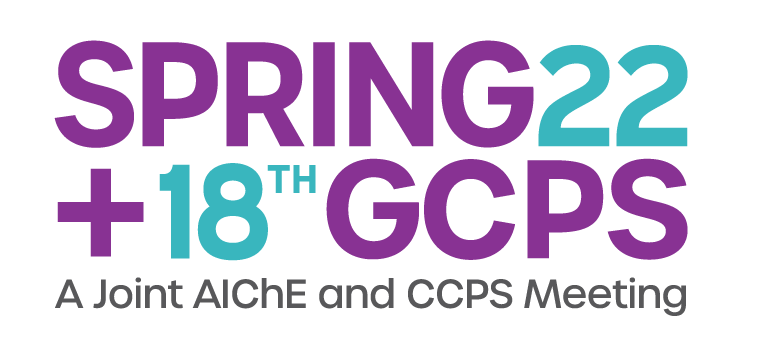

Gas crackers are inherently lower CO2 emitters since they have both lower furnace heat duties, plus the internally produced fuel gas is higher in hydrogen content. Therefore, maximum CO2 reduction will occur when the hydrogen content of the fuel gas is maximised.
In the decarbonised cracker concept, combining a cracker with a hydrogen reformer, the cracker combustion energy demand is supplied purely from the firing of high purity hydrogen, with the principal source of this hydrogen being from the reforming of the entire cracker fuel gas product.
Technip Energies has recently announced a suite of blue hydrogen technologies under the BlueH2 by T.ENTM banner. In the blue hydrogen process, the CO2 produced from reforming process is captured. The high purity hydrogen product is then utilised to provide the fuel for both the Blue Hydrogen unit and the cracker as furnace and boiler fuel gas.
The decarbonized cracker will produce significantly lower direct (Scope 1) CO2 emissions, with the majority of equivalent CO2 emissions coming from the CO2 burden associated from electrical power generation (Scope 2).
The paper will address whether the cracker and reformer combination can effectively be applied to liquid and gas crackers and provide an indication of the overall cost of CO2 emission reduction. It will also provide an overview of the different types of reforming available and their merits when compared to the green hydrogen production route via the electrolysis of water.
